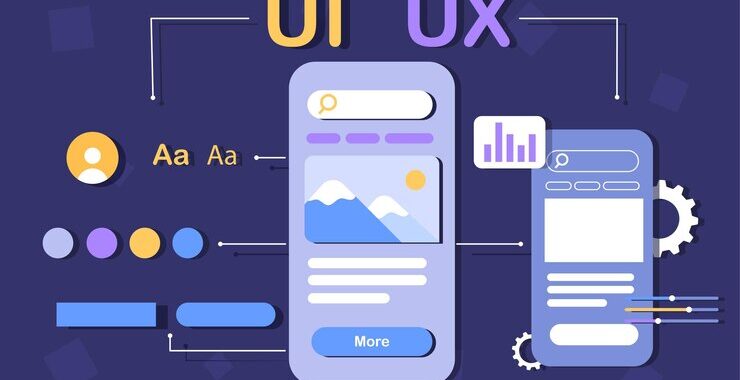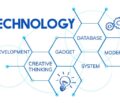
The demand for skilled UI and UX Design professionals is rising rapidly as businesses prioritize user-friendly digital experiences. Whether you’re a student or a professional making a switch, understanding the basics of UI and UX Design is key to launching a successful design career.
What Is UI Design?
UI stands for User Interface. It focuses on the look and feel of a digital product. UI designers work on visual elements like colors, buttons, icons, and layouts to make the product appealing and easy to navigate.
Key Points:
- Deals with visual design and screen layout
- Ensures consistency in fonts, colors, and elements
- Works on user interaction points like forms and buttons
- Makes the interface visually appealing and intuitive
What Is UX Design and Why Does It Matter?
UX means User Experience. It’s about how a user feels when interacting with a product. A UX designer ensures the product is easy, smooth, and satisfying to use from start to finish.
Key Points:
- Focuses on how a product functions and feels
- Improves user satisfaction and usability
- Conducts research to understand user needs
- Designs user journeys and wireframes
Key Differences Between UI and UX Design
Though closely connected, UI and UX are not the same. UI is about visuals, while UX is about usability. Both play vital roles but have different goals and tools.
Key Points:
- UI deals with looks; UX with experience
- UX comes first in product planning, UI follows
- UX involves more research and testing
- UI focuses on design systems and aesthetics
How UI and UX Work Together in Product Development
UI and UX designers often collaborate to build a product that is both functional and beautiful. Good design requires both to work in sync to deliver a seamless user experience.
Key Points:
- UX maps the journey; UI brings it to life visually
- Continuous feedback helps improve both sides
- Both use prototypes and user testing
- Final product reflects joint efforts
Skills Every UI/UX Beginner Should Focus On
To start a career in UI and UX Design, beginners need to build a solid foundation in both design thinking and practical tools. Soft skills like empathy also matter.
Key Points:
- Learn wireframing, prototyping, and visual design
- Understand design principles and user psychology
- Practice communication and feedback handling
- Build a strong design portfolio
Top Tools Used in UI and UX Design
Designers use various tools to bring ideas to life. Beginners should get comfortable with popular industry-standard platforms.
Key Points:
- Figma and Adobe XD for design and prototyping
- Sketch for UI creation
- InVision for interactive mockups
- Miro for user journey mapping and collaboration
Career Opportunities in the UI/UX Field

A career in UI/UX offers many paths—from freelancing to working in big tech companies. As more industries go digital, the need for designers grows.
Key Points:
- Work as UI/UX designer, product designer, or researcher
- Join startups, agencies, or corporate tech teams
- Opportunities in web, app, and game design
- High demand across industries like e-commerce and fintech
How Alpheric Consultants Enables Future UI/UX Designers
Alpheric helps aspiring designers kickstart their journey with expert guidance, tools training, and real-world projects. We help bridge the gap between learning and career success.
Key Points:
- Curated learning paths for UI/UX beginners
- Mentorship from experienced design professionals
- Access to tools and hands-on projects
- Career support through networking and job readiness







